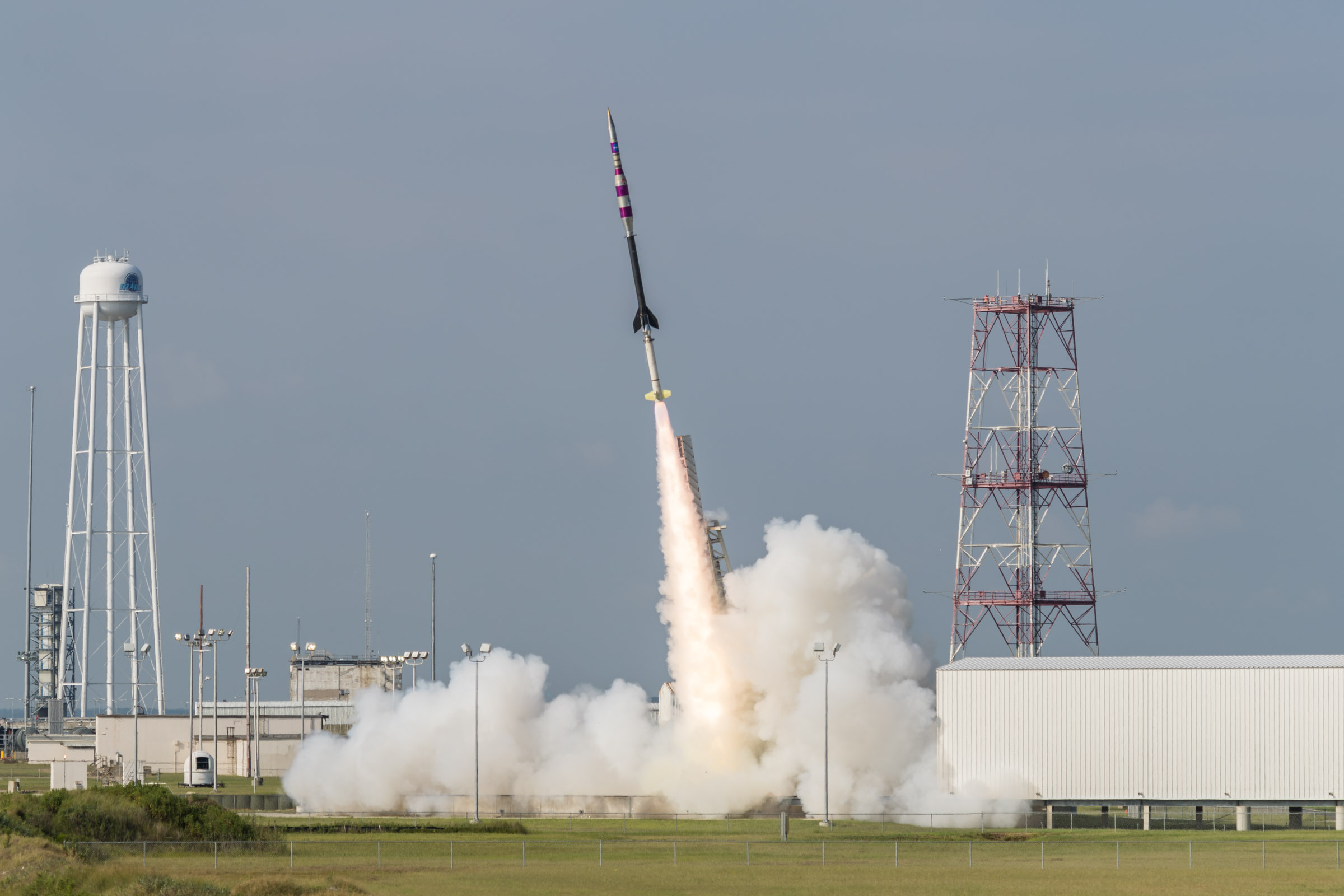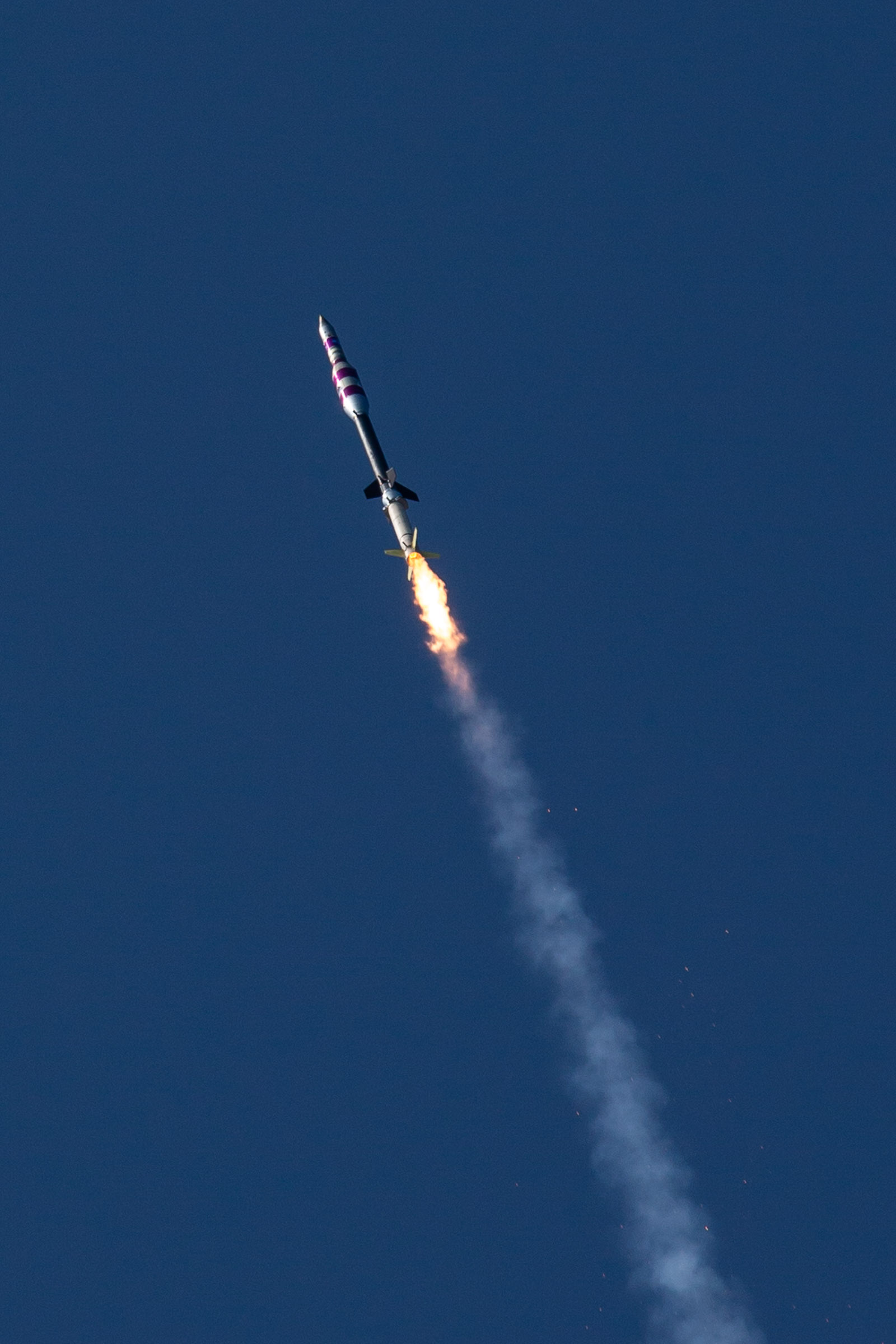NASA Rocket Launch Tests Supersonic Parachute for Mars Rover Landings
NASA successfully tested a supersonic parachute designed to land the agency's next rover on Mars today (Sept. 7) during a sounding rocket flight from Wallops Island in Virginia.
The suborbital launch was designed to mimic conditions that the parachute might experience during a Mars landing, then allow engineers to study the parachute and data collected during the flight to make sure the system will function as expected.
"This is really a strength test of that Mars 2020 design," Jeremy Hill, a mechanical engineer at JPL, said during a webcast of the launch. "We want to get as close to the Martian environment as we can." [NASA's Mars Rover 2020 Mission in Pictures (Gallery)]

Or rather, the team wants to put the parachute through even more strenuous conditions than they expect it to experience on Mars, with this launch destined to produce drags that are more than 40 percent higher than what the team expects to see during a real deployment, Hill said.
This morning's launch was part of NASA's Advanced Supersonic Parachute Inflation Research Experiment (ASPIRE). The program is building parachutes that can cling to the Red Planet's tenuous atmosphere well enough to buffer robotic landings — in particular that of NASA's Mars 2020 rover, which is scheduled to launch that year.
The parachute deployed smoothly about 2 minutes after the two-stage rocket launched. NASA arranged for boats to be ready in the Atlantic Ocean to retrieve the parachute after the flight and was pleased to see calm seas this morning.

But this parachute isn't like ones you may have seen skydivers using — because the Martian atmosphere is so thin, the parachute must be between 10 and 20 times larger than terrestrial parachutes in order to protect the rover during a landing.
Get the Space.com Newsletter
Breaking space news, the latest updates on rocket launches, skywatching events and more!
The parachute itself weighs 200 pounds (90 kilograms) and is packed so tightly that it is denser than hardwood, Hill said. Once it deploys, it unfurls from the size of a barrel to the size of a house in less than half a second. It's this incredibly fast deployment that makes ASPIRE a supersonic parachute.
After this morning's launch, the parachute will be fished out of the Atlantic Ocean and brought back for engineers to study to make sure the device performed as designed and didn't show any signs of weakness during the extreme test. Hill explained that there are more than a million stitches in the parachute, which is made in part from Kevlar, and that the team wants to look at every one of them to make sure the Mars 2020 landing goes smoothly.
Email Meghan Bartels at mbartels@space.com or follow her @meghanbartels. Follow us @Spacedotcom, Facebook and Google+. Original article on Space.com.
Join our Space Forums to keep talking space on the latest missions, night sky and more! And if you have a news tip, correction or comment, let us know at: community@space.com.

Meghan is a senior writer at Space.com and has more than five years' experience as a science journalist based in New York City. She joined Space.com in July 2018, with previous writing published in outlets including Newsweek and Audubon. Meghan earned an MA in science journalism from New York University and a BA in classics from Georgetown University, and in her free time she enjoys reading and visiting museums. Follow her on Twitter at @meghanbartels.









